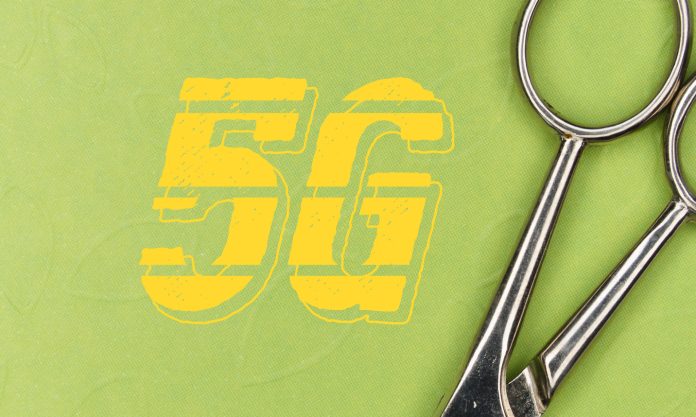Deutsche Telekom and Ericsson have claimed a “world-first” implementation of end-to-end 5G network slicing with on-demand quality-of-service (QoS) control for enterprise use cases. The tests ran in Deutsche Telekom’s innovation lab in Bonn, using a commercial grade 5G SA network from Ericsson. They focused on a video production use case, enabling the user to adapt QoS in their slice according to the requirements of different video streams.
The pair said the proof case sets a technical foundation for ‘network-as-a-service’ innovation. A statement said: “5G network exposure facilitates secure third-party access to exposed capabilities in a 5G network. By integrating network exposure into a service API on the network and application side, the quality of service provided in a 5G network slice is dynamically adapted to the performance requirements of the application.”
5G network slicing enables multiple virtual networks to be created on a single physical network infrastructure. Different service characteristics and quality parameters can be provided to each ‘slice’ according to specific customer needs, with full isolation between slices. Operators are developing network slicing to provide differentiated services and business models, and afford enterprises an alternative and a complement to private 5G networks.
The Network Exposure Function (NEF) in 5G provides the ability to convert network capabilities and network APIs into special service APIs tailored for specific use cases and applications. The service API can make specific network capabilities discoverable and available at the application level as part of a network slice. A QoS API enables an application to automatically request a better service class in the slice to handle its performance requirements.
The test case enabled the user to switch between multiple video streams in a portal application, and broadcast using differing network QoS. BSS support is required for automated slice and user profile provisioning; a catalogue/model driven BSS approach was verified in Bonn for automated slice creation/termination with flexible service configuration, and exposure of connectivity management and monitoring functions to the customer via portals and APIs.
Deutsche Telekom said: “When the director selects a high-resolution stream, the application automatically requests a higher QoS via the API in the slice. After receiving a confirmation from the network, the application switches the streaming quality from low to high, thus allocating sufficient network resources to ensure an uninterrupted high-quality video link even in congested network conditions.”
Alex Choi, senior vice president of technology strategy and innovation at Deutsche Telekom, said: “The groundbreaking integration of network exposure capability into 5G network slicing lays a technical foundation for 5G service innovation. We will continue to explore 5G Standalone’s potential as we seek to build a flexible platform-based ecosystem with customer centric network-as-a-service models.”
Erik Ekudden, group chief technology officer at Ericsson, said: “New digital services will become reality because 5G network slicing makes it possible to create fit-for-purpose software defined virtual networks with defined characteristics. Standardized network exposure APIs provide mechanisms which allow third-party authorized applications to monitor and adjust the behavior of such slices within the boundaries of their subscribed services.”

